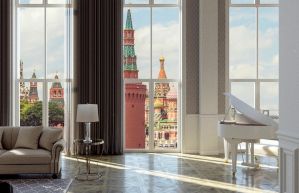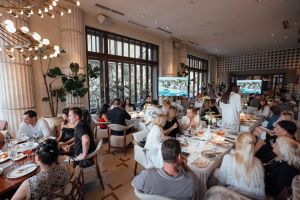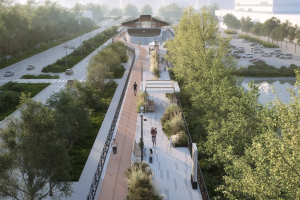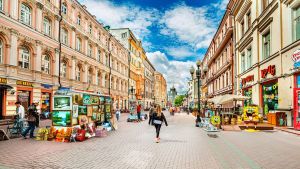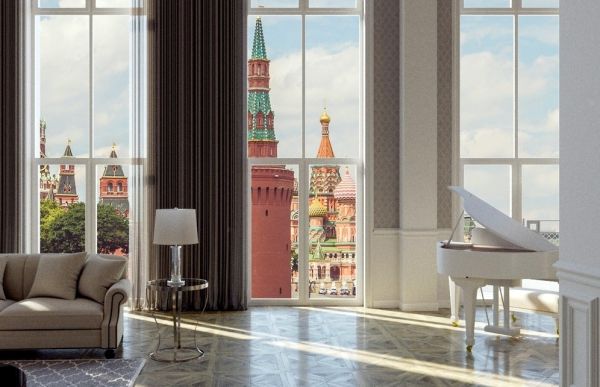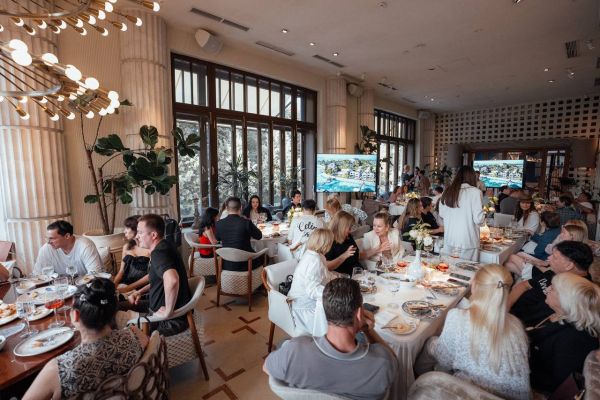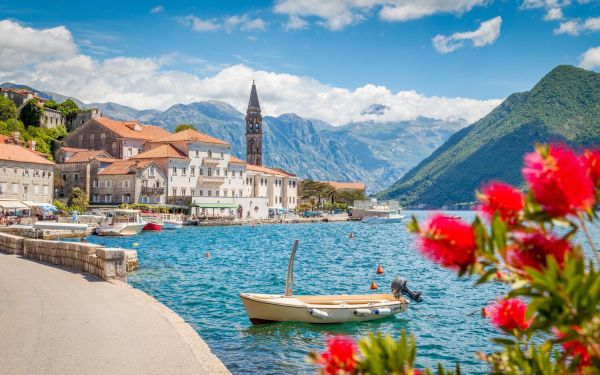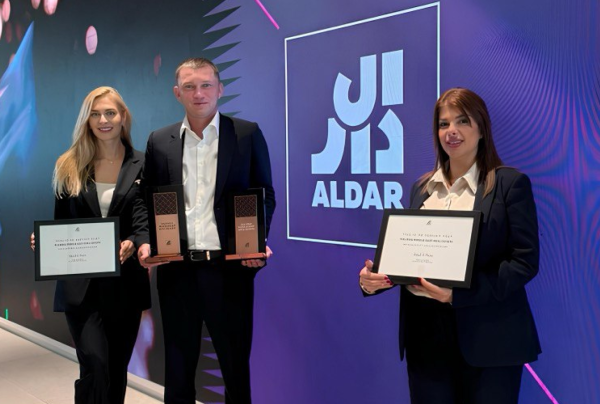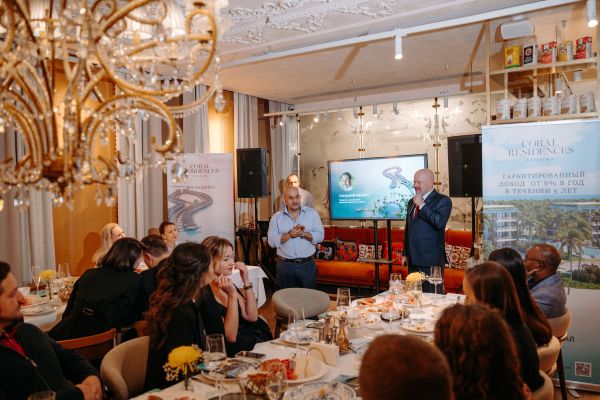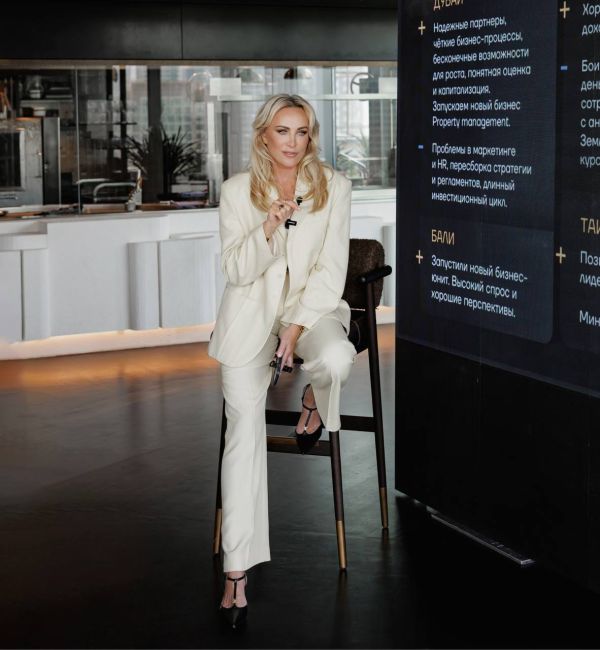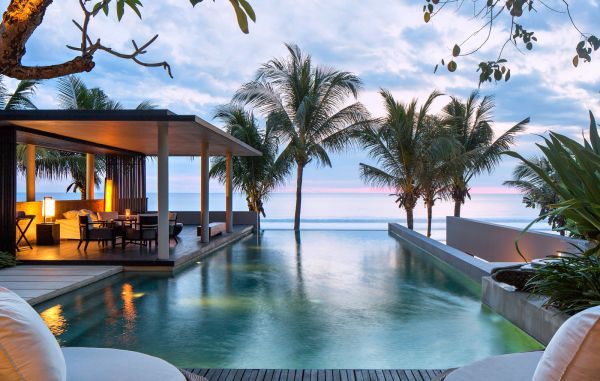Eternal classics: what developers and buyers want from luxury real estate
Read 15.5 min
213
Luxury real estate developers spend their entire professional life searching for a universal product that would define the architectural face of the era, be in demand by buyers, be financially successful and provide the developer with a reputation for further work in the market. In some ways, these searches can be compared to the search for the philosopher's stone, which turns metal into gold.
What is such a product for today's residential market, or at least for the most high-budget part of it? Forbes Real Estate interviewed experts and found out that so far the elite segment has not come up with anything more universal than the basic qualities of the project. "The determining factors for most buyers are still the price, the general concept of the house and its location. Everything else is just additional advantages that hit a narrow target audience," says Ivan Tatarinov, executive director of the development company Glincom.
Buyers in the ultra-expensive category know exactly what they want in terms of location, they "go" for a place, so lovers of a quiet Ostozhenka will never buy a new apartment on Patriarchs, where the "movement" is, as vice versa, Dmitry Novikov, director of residential real estate sales at R4S Group, is sure. "At the same time, recently we have been recording the following trend: buyers are increasingly choosing new apartments emotionally, rather than rationally: why not buy a penthouse with a garden and a barbecue area on the roof? If earlier the investment component was most often behind the purchase, now emotion plays the main role," the expert notes.
The second, also classic and still important, criterion of choice is infrastructure, recalls Anna Radjabova, director of the elite real estate management of Metrium Premium: "For example, a family with young children is ready to choose a residential complex with its own park, and not a club house in Khamovniki or on the Arbat, where such an option is rare". Also, in her opinion, space and ergonomics are important. People carefully evaluate the apartment in terms of how it is adapted to their daily life and everyday life, how many bedrooms, where bathrooms and wardrobes are located, whether there are balconies, loggias and terraces. Of course, the apartment should be spacious enough.
"To ensure an even greater level of privacy, some lots in the project can be designed with a separate entrance and a second kitchen for the staff," adds Alexander Andrianov, First Vice President of GloraX. And as Alexey Turkin, the general director of the RSTI holding (Rosstroyinvest) in Moscow, emphasizes, the consequences of the pandemic still have a certain impact on today's consumer choice: the part of the audience that then preferred the countryside is now returning back to the city, but strives to preserve the features of life in nature. Thus, elite clients have become 30% more interested in apartments with terraces.
Changing requests
Of course, ideas about how a modern luxury house should look are also changing under the influence of fashion, lifestyle, and daily habits of new generations of buyers.
The trend that Kalinka Russia experts have been observing for the last two years is a request for finishing. Few people in the high-budget segment want to buy real estate without finishing. Moreover, this observation applies not only to those who buy an apartment or apartments for living, but also to investors.
Now people are especially afraid to get involved with the repair and self-decoration of housing, fearing that it is expensive, long and troublesome: it is difficult to get good materials. Therefore, the favorite among buyers is ready-made turnkey housing. The fear of the pit is noticeable: buyers who are ready to pay a decent amount for elite square meters rarely enter the project at the initial stage of construction today, and the higher the stage of readiness of the house, the better it sells.
The next feature of an ideal project is a decent environment, says Marina Rudneva, managing partner of VOS'HOD. There are, of course, possible options, but most often it is the historical part of the city with the established atmospheric buildings and iconic sights, cozy alleys, parks and a developed cultural and leisure infrastructure. The expert emphasizes that the status of the project itself is on the same level with the environment, which is formed on the basis of such components as stylish modern architecture and interior design from world stars, the presence of underground parking, convenient for executive class cars and sports cars, thoughtful planning solutions, where all bedrooms are equipped with dressing rooms and bathrooms, and more a number of factors.
The combination of a competitive environment and new customer requirements has led to the formation of fundamentally different approaches to infrastructure in the elite market, its content has ceased to be classical. "Now, more than ever before, there is a very highly competitive upper deluxe market: never before in Moscow has there been such a number of projects of the highest segment on display. Therefore, the only thing you can seriously compete with, in addition to the price, is the "infrastructure" of the house — so developers fill projects with the greatest number of all sorts of "chips", — Alexey Chumalov, general manager of Kalinka Russia, shares his observations.
For example, today it is believed that not only a comfortable apartment is necessary for a full life, but also a community of like-minded neighbors. According to Natalia Shichanina, Sales Director of Sense, the house ceases to be just a house — it becomes a place where life continues in the format of recreation, sports, hobbies, hobbies, neighborliness, pleasant and comfortable pastime with the family. This means that an appropriate infrastructure set with appropriately placed accents is needed. As a result, frequent attributes of modern elite projects: fitness, swimming pool, coworking, living room with fireplace, roof — terrace with water surface, barbecue area and amphitheater.
Alexander Andrianov from GloraX also focuses on private infrastructure: "These can be fitness centers with swimming pools and spa areas, cinemas, game rooms for children, public living rooms, operated roofs with equipped areas for work, recreation and communication."
But here, as in any good business, the main thing is not to overdo it and carefully keep your nose in the wind. In particular, as Maria Ryakhovskaya, the head of the sale of new buildings at Barnes International Moscow, admits, not all customers support the presence of a swimming pool, as this greatly increases their operating costs. Moreover, there are already enough fitness centers in Moscow in almost any area. Some customers do not like restaurants on the ground floor of their house — because of the smells and high traffic.
Many components of the luxury of the past are also losing relevance — for example, the attic floor, which was a sign of an "early" premium, says Elena Komissarova, General Director of BEL Development Group. According to her observations, loggias and balconies are almost a thing of the past, especially decorative ones, which rarely fit into modern fashionable facades.
But for modern buyers, the beauty and conceptuality of the entrance groups become extremely important, emphasizing the status of the project and its residents, and the functionality of public spaces, which outdated premium-level projects cannot boast of, experts say. It is equally important, Marina Rudneva adds, to separate the flows of residents and staff, as well as to organize the entrance to the apartment from the elevator so that frequent collisions with neighbors on the floor can be avoided.
The demand for such components as wood-burning fireplaces and modern engineering from leading world manufacturers has not gone away, and there is also a demand for what Marina Yusova, an expert and broker in the field of elite real estate, managing partner of TRIBE Real Estate, founder of TRIBE (media about elite real estate), calls "the charisma of space". According to the expert, this request was formed in the crucial 2020, when most people were locked at home: faceless gloss interiors oppressed even more, so that in contrast to them, bold planning solutions with patios, terraces, a second light, a separate entrance, some kind of special view turned out to be in the trend. In short, the more unusual the option, the more chances it has to appeal to the current high-budget client.
And, of course, Mikhail Zvyagintsev, Marketing Director of COLDY, insists that every buyer wants to live in a unique work of art that will be fundamentally different from other elite projects. "In one of the projects we decided to focus on the cultural background of the district, and in the lobby of our club house we are creating a library with lifetime editions of great Russian authors who lived in Khamovniki in the XVIII–XIX centuries," the expert says. From the street side, at the entrance to the house, residents will be greeted by a forged portal — an art object, the creation of which will be handled by one of the most famous architects of Russia. Moreover, the composition of the art object will be read only from certain angles and at a distance.
Finally, the exclusive landscaping of the residential complex is important. Landscape gardening is often complemented by fountains or a wall with a waterfall. "Landscaping, including the use of hypoallergenic plants, is valued as part of an overall carefully thought—out concept that works together with architectural appearance and interior design," explains Marina Rudneva.
Service services
Separately, experts note the interest of customers in the services that the management company of the complex can provide. "In their requests, customers are based on lifestyle and everyday scenarios that have changed significantly recently. For example, one of the important criteria in the selection of housing was the presence of a service entrance, as it was in pre-revolutionary buildings and in some "Stalinki". Buyers of apartments with an area of more than 200 sq. m. m require that the internal layout be organized taking into account scenarios when it is necessary to receive a personal trainer, teachers and tutors. In modern residential projects, this possibility is envisaged even at the stage of concept formation, as well as the availability of zones for drivers and couriers, lounge areas for waiting and so on," says Olga Zyblaya, Sales Director of Turandot Residences & Artisan club houses.
The ideal buyer of luxury housing is living in his own apartment, but with a set of services of a top world hotel, continues Anna Radzhabova. In some elite complexes, concierge chefs work - the best experts in their field who can arrange a table in a restaurant where everything has been booked for a long time, call the most popular cosmetologist in the capital, find any thing at any time of the day with home delivery, and so on.
For most customers of the high-budget segment, a high-quality concierge service is important, whose employees are able not only to meet guests, issue passes and receive correspondence, but also to solve complex tasks, for example, to assist in the selection of domestic staff and booking air tickets. "Such an extended concierge service works in only 5% of premium new buildings," says Dmitry Golev, Commercial Director of Optima Development.
Olga Zyblaya sees another trend — the reduction of contacts and the maximum digitalization of services. Ordering cleaning and groceries, setting tasks for the management company, using the capabilities of the concierge service - now people prefer to do everything through the application, reducing live communication to a minimum. This, the expert believes, is also explained by the fact that the buyer of expensive real estate is getting younger: "In our projects, up to 10% of clients are IT specialists, including from the banking sector. For young people, all digital options are familiar and basic needs."
On the other hand, Anna Radzhabova notes a decrease in interest in smart home systems, which have been very popular in the last five years. The elite audience "played enough" with these gadgets and realized that not all "smart" options make sense, and maintenance and configuration of home systems often requires a lot of time and money. And in general, as the expert notes, there is a certain request for pragmatism: the simpler, the better.
Reputation decides everything
Under the finale, it should be noted that the most important factor for today when choosing high-budget housing is the reputation of the developer. In particular, within the framework of the Russian Construction Week, held in March this year, a round table "Reputation of the developer. The factor influencing the choice of the buyer of a new building", which presented a recent study "The place of reputation in the list of criteria for the buyer of a new building", prepared by the portal "ERZ.RF". So, according to the conclusions of this study, in the list of important factors for consumers, the reputation of the developer ranks second (75.3% of votes), losing only to the price (82.1%). Moreover, this conclusion applies to almost all classes of housing, including elite.
"If a young developer enters the high—budget real estate market, then buyers will pay attention to the brand and reputation of the general contractor, the quantity and quality of the objects sold by him," says Tatiana Kalyuzhnova, Marketing and product director of the D'ORO MILLE club house.
Probably, this conversation with developers could last forever: the list of factors and characteristics of the project that can attract the attention of modern buyers and ensure sales is huge. But as the interlocutors of Forbes Real Estate admit, the task of the developer is not even to calculate or simply guess all the client's "wishes", but to create a product that is as ready as possible to adapt to their requests. It is no coincidence that the main motto of developers in the new reality is variability.
Read also
Stay up to date with the latest news
We promise to send only interesting and important articles.
